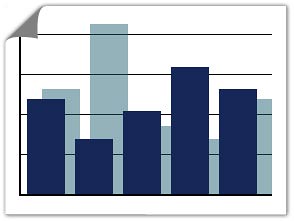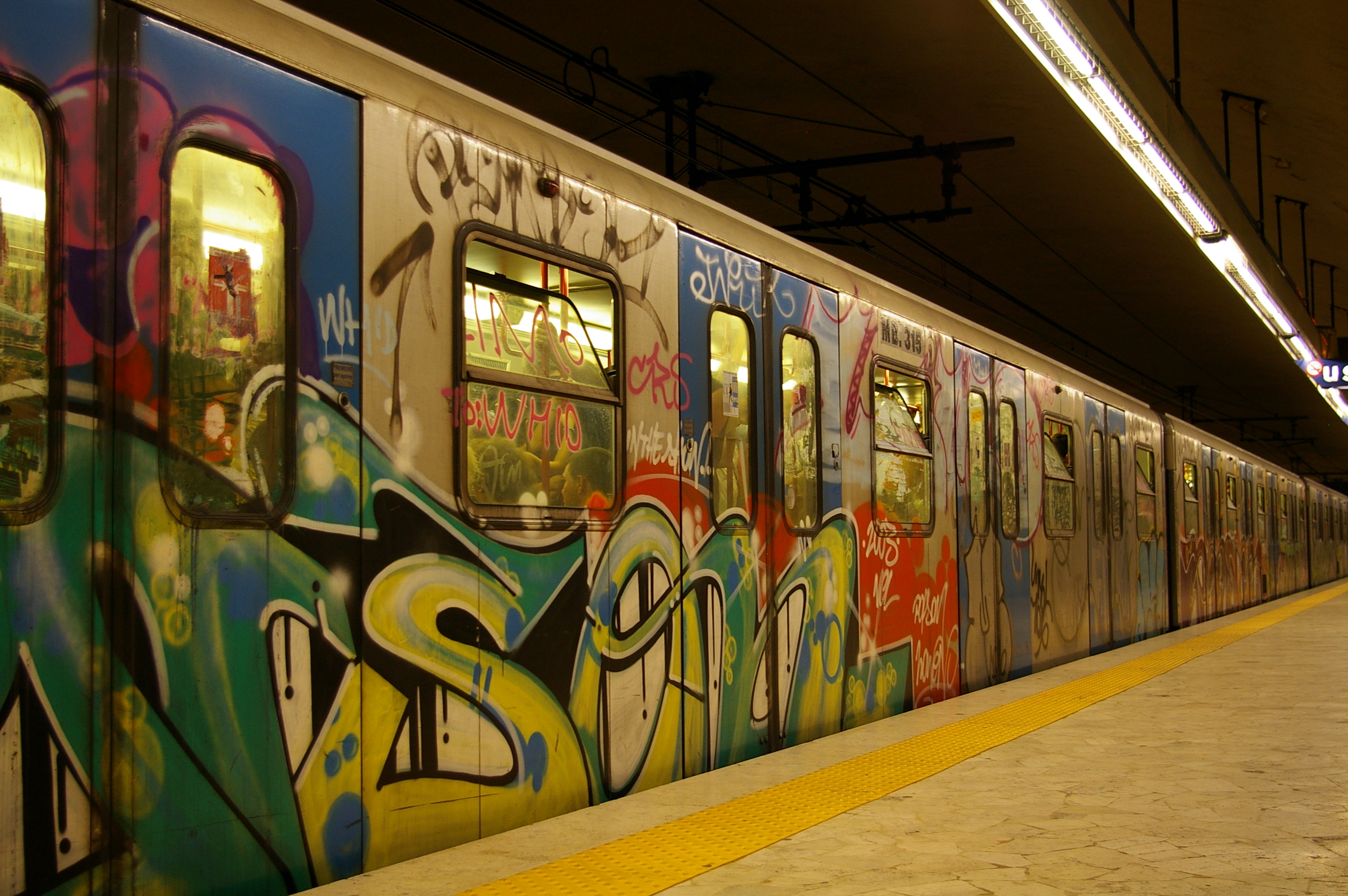Hats off to Metro for inviting area bloggers for a sit down with GM John Catoe.
Hats off to reader CS who was able to attend for Unsuck readers. Here's the report:
Metrorail misery – jammed trains and platforms, gummed up operations that lead to bunched trains or long waits during rush hour, and that nausea-inducing ride – will continue for at least a couple of months, but likely even longer. And the system’s current fiscal crisis, which is prompting consideration of fare hikes and painful service cuts, is likely to stretch into a two-year slog before the crunch eases.
So says Metro General Manager John Catoe, who, in a recognition of the arrival of the blogosphere, Wednesday held a roundtable discussion with about a dozen bloggers who cover and comment on the system. (The session set the MSM atwitter after they found out about it, Metro officials said. Some asked to join, but Metro held firm and kept to the original guest list.)
The confab ended up being a wide-ranging discussion of challenges and problems facing the system. A cordial, smiling, and reasonably relaxed-looking Catoe professed that he well understands the anger that has surged in recent months following last summer’s fatal accident, as service has appeared to deteriorate on an almost daily basis. How does he know? People tell him to his face, he says. He rides the trains (albeit usually earlier in the day when fewer people are on board), and it used to be that someone would complain to him only occasionally. Now, it’s much more common to get an earful, he said. It doesn’t make him feel good, he said, acknowledging that he might have done a better job sharing with the public that Metro officials truly "get" the problem.
Unfortunately, there’s no firm forecast for relief. Besides the issue of aging rolling stock – which isn’t going to be solved soon – the key variable for the near future is when trains can return to automatic control.
Catoe acknowledged what riders know – that under post-accident manual control, Metro is struggling to maintain proper timing and spacing of trains. Trains bunch up, which creates gaps, and forces trains to hold to make schedule adjustments. The daily total of trains remains the same, he said, but during peak hours, the timing problems mean fewer trains are getting through. So even though ridership is down since the accident, service is worse.
Progress is continuing on testing a new system to provide real-time detection of train location, he said. In fact, testing is now expanding. Metro believes it will be ready to return to automatic control when that system is ready, which is at least two months away. Nonetheless, Catoe says he doesn’t want to return to automatic control until the National Transportation Safety Board wraps up its investigation of last year’s accident and issues its final report. Catoe indicated he won’t risk going back to automatic, but then having the NTSB turn up something unexpected.
Meanwhile, he said that in March, Metro officials will go to the Metro board with plans to order new rail cars, to replace the 1000-series cars. Although delivery will take years, the new equipment will also help improve reliability.
In other areas, Catoe said:
-- Efforts are underway to address the perennial door problems and the newer brake-locking issues, which send trains out of service and make riders queasy. Catoe wouldn’t commit to a roll-out date.
-- While most Metro employees do a good job, there are "people issues" that mar the Metro experience.
-- Without using the same language himself, he endorsed former General Manager Richard White’s warning of a Metro "death spiral." The current situation – heavy ridership, manual operations, and older equipment – cannot persist. "Our job – my job – is to change that."
-- When Metro holds its public hearing Jan. 27 on how to plug this year’s $40 million budget gap, the public will be given a chance to essentially vote their opinions, by mixing and matching options, cafeteria-style, from a menu of choices. Wary of getting ahead of his board, Catoe declined to say what his preference is.
-- The next two years will be crucial financially. Metro has customarily relied on a three-legged stool to solve its money problems – fare increases, service cuts, and greater contributions from Maryland, Virginia and the District. But the economy has eliminated the option of greater funding from the three jurisdictions making up the Metro compact. The economy will recover, but it will take two years for things to improve enough so that the jurisdictions can increase funding. Catoe says Metro officials know that if they make deep cuts now, they won’t be able to restore capacity quickly when the economy does turn the corner and demand begins to increase again.
-- If Metro raises fares, experience suggests that riders won’t abandon the system in significant numbers, provided the increase isn’t too large. At some point, though, what economists call "price elasticity" kicks in, and fare hikes drive riders away.
-- As bad as things seem here, they’re worse elsewhere – Chicago is proposing an 18 percent reduction in service, and in Orange County, Calif., there are plans to cut the bus system by 30 percent.
-- When he shook up his management team recently, it was because he felt improvements were not coming soon enough or fast enough, and he wanted to speed things up.
In all, the bloggers were fairly candid in hashing over the system’s problems with Catoe, relating both personal tales of woe and those of their readers. And Catoe, for his part, seemed both aware of the issues, and earnest in his responses. "I’ve heard everything you’ve said tonight, and I will respond to it," Catoe said.
But Metro’s problems are way past the talking stage. We hope Catoe succeeds wildly. But in the meantime, we’ll be watching to see what really happens on, say, the crowded platforms of Metro Center, or at a station near you.
More by CS:
Catoe: Show us you get it
Rules don't apply
Vienna's creepy tower
Doors Closing
Moving ... Backwards
Other items:Funding shift could help area transit (WaPo)
Metro can be bad, but... (WTOP)



































 Oct. 11, 2012
Oct. 11, 2012 February 21, 2012
February 21, 2012 March 4, 2010
March 4, 2010




